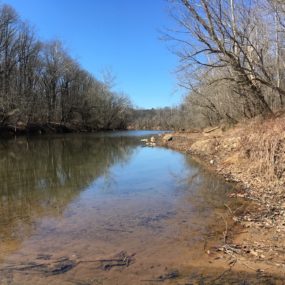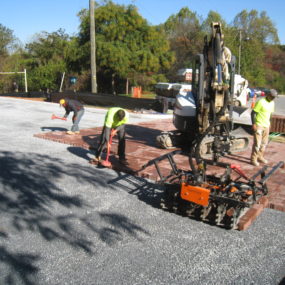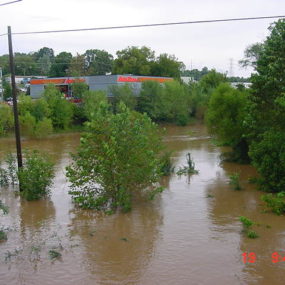Romancing The River
River: You arrived uninvited. At first, you were small and unimposing. Each year, your grew in strange and unexpected ways. On rare occasions, I have appreciated your presence. Perhaps I have even come to love you.
City: I came here because of you. It was your flowing current that allowed my currency to flow. That is what was most important. . .and still is. I, too, admit to feelings of love, but I think it would be better described as a love-hate relationship. You have been exceedingly kind and generous over these many years, but I have never gotten accustomed to that temper of yours.
River: At first, your floodplain contained the worst of my emotional outbursts. Then, you clogged them up with walls, railroad tracks, factories, and concrete. My emotions did not go away – they just got channeled in different directions, and I believe I took part of you. . .even a part of your soul. . .with me. I cannot apologize for these outbursts. They are a part of my nature.
City: Well, I have marveled at your lack of emotional control. But, who am I to talk.
River: Point well taken. For many years, I thought you hated me. You poured chemicals into my water and concrete on my banks. You chased away my friends; those with fins and wings. You turned your back on me, and all I saw was the ugly backside of what you call your “currency.” The most painful was when you plugged up my flow and stole my water.
City: How can I ever make amends for these things except by giving something back to you that was taken. It is hard to believe with all that has happened that I still love you.
River: And I love you. . .you Scoundrel!





